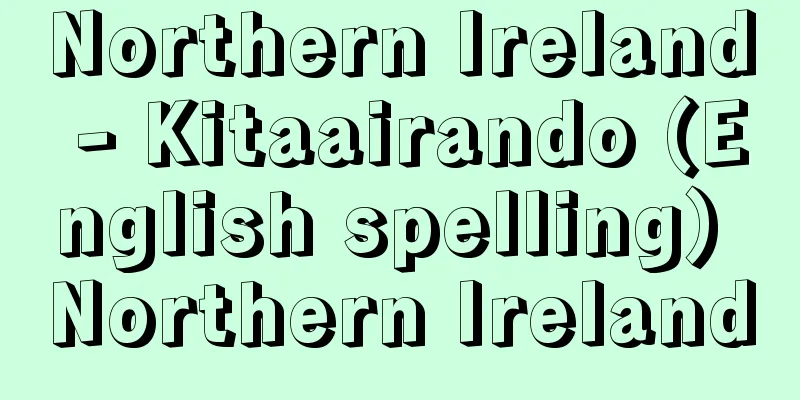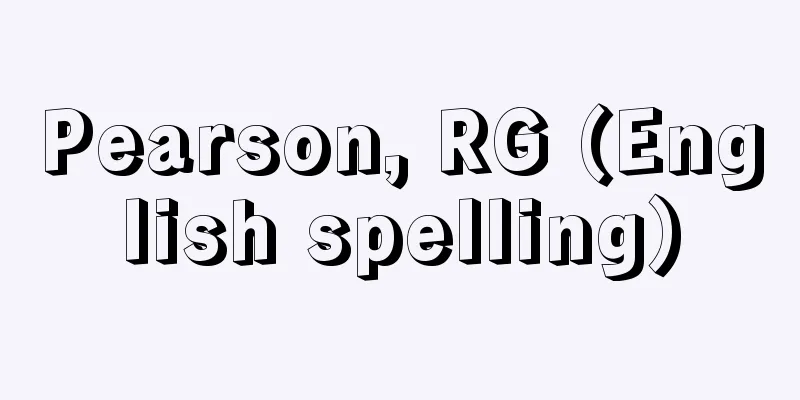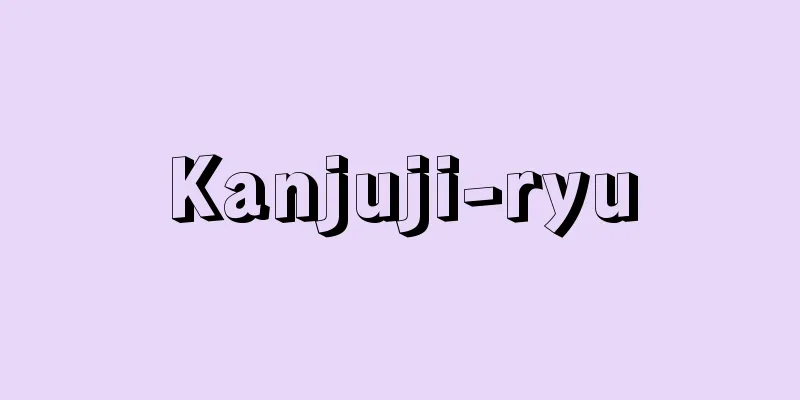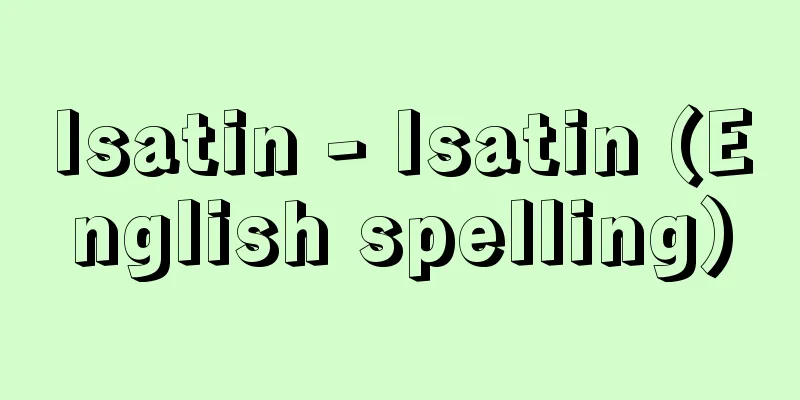Northern Ireland - Kitaairando (English spelling) Northern Ireland

|
It is one of the regions that make up the United Kingdom (United Kingdom) along with England, Wales, and Scotland. It occupies the northeastern part of the island of Ireland. Its area is 13,576 square kilometers, and its population is 1,685,267 (2001). Its capital is Belfast on the east coast, and about one-quarter of the population of Northern Ireland is concentrated there. It overlaps with Ulster, one of the four major regional divisions of the island of Ireland, but Ulster refers to a wider area that includes not only the whole of Northern Ireland, but also the three counties of Cavan, Donegal, and Monaghan in the Republic of Ireland. Northern Ireland was made up of six counties, Antrim, Armagh, Londonderry, Down, Fermanagh, and Tyrone, and two county boroughs, Belfast and Londonderry, but after local government reforms, it was reorganized into 26 administrative districts in 1996. Since the beginning of the 17th century, the so-called "Ulster colonization" by Protestants from Great Britain has come into conflict with the Catholic residents of Ireland. The three counties of Ulster that are now part of the Republic of Ireland were separated in 1922 and incorporated into the Republic. The Northern Ireland Self-Government was established in December 1999, and the first cabinet of 10 members was formed. However, in October 2002, the Irish Republican Army (IRA)'s political organization, Sinn Fein, caused turmoil within the self-government government, and direct rule by the British government was restored. Since then, self-government in Northern Ireland was suspended, but in July 2005, the IRA declared an end to its armed struggle, and in May 2006, the British government convened a parliament to discuss the resumption of self-government. In March 2007, a self-government election was held. As a result, a coalition government was formed by the Democratic Unionist Party (DUP), a hardline Protestant party, and the Sinn Fein party, a Catholic extremist IRA party, which had been in conflict for many years, and in May 2007, self-government in Northern Ireland was restored for the first time in four years and seven months. The Democratic Unionist Party's Ian Paisley (1926-2014) was appointed First Minister of the devolved government, and Sinn Fein's Martin McGuinness (1950-2017) was appointed Deputy First Minister. The Northern Ireland Assembly has 108 members. The Northern Ireland Assembly has 18 seats in the British House of Commons. In the northeast, there is the Antrim Plateau, made of dense basalt, and plateaus, hills and lowlands alternate. The River Bann flows north from Lough Neagh, the largest in the UK. River transport is common, and fishing, mainly for freshwater fish such as trout, is thriving. The climate is influenced by the Gulf Stream and the westerly winds, with the coldest month being 5-6°C even in the inland areas, and the annual rainfall being 1000-1500mm in the west, making it relatively warm and humid despite its high latitude. The lowlands are the most fertile land in Northern Ireland, with a mild climate and an annual rainfall of 890mm. The main form of agriculture is mixed farming, and 85% of the farmland is improved grassland. Fruit horticulture and raw milk production are prominent in the suburbs of Belfast, while dairy farming and intensive pig and poultry farming are carried out around Lough Neagh, in the former counties of Fermanagh and Tyrone. The Antrim Plateau, the Mourne Mountains and the Sperrin Mountains are blessed with natural pastureland and are specialized in sheep farming. The traditional linen manufacturing industry is concentrated mostly in the Reagan Valley in Belfast, Coleraine and Londonderry. Londonderry is also known for its clothing industry. About half of the industrial population is concentrated in Belfast. Shipbuilding, machinery, electronics, tobacco manufacturing and food processing have developed here, and many of the industries are trade-dependent, with raw materials and markets centered on the UK and the Republic of Ireland. The largest trading port is Belfast, 315 km from Liverpool, followed by Londonderry. In the scenic spot known as "Giant's Bank" in the northwest of the Antrim Plateau, basalt with well-developed columnar joints can be seen, along with Fingal's Cave on Staffa Island off the coast of Mull on the west coast of Scotland. [Iwao Yoneda] "The History of the Northern Ireland Conflict" by Horikoshi Satoshi (1996, Ronsosha)" ▽ "A Visual Guide to 48 Countries of the World: Northern Ireland" by Dan Philbin, translated by Matsubara Kyoko (1997, Kokudosha)" ▽ "Thinking about Global Conflicts 5: The Northern Ireland Conflict" by Ian Minnis, translated by Miyazaki Maki (2003, Bunkeidou) ▽ "A Modern History of Northern Ireland: From Conflict to Peace" by Paul Arthur and Keith Jeffery, translated by Kadokura Toshio (2004, Sairyusha)" ▽ "Between Violence and Reconciliation: People Living through the Northern Ireland Conflict" by Yoon Hyeyoung (2007, Hosei University Press) ▽ "Peace Line: Northern Ireland Today" by Ichiki Hisao (2007, Sakuhinsha) [References] | | |Source: Shogakukan Encyclopedia Nipponica About Encyclopedia Nipponica Information | Legend |
|
イングランド、ウェールズ、スコットランドとともに、イギリス(連合王国)を構成する一地域。アイルランド島の北東部を占める。面積1万3576平方キロメートル、人口168万5267(2001)。首都は東岸のベルファストで、北アイルランド人口の約4分の1が集中する。アイルランド島の四大地域区分の一つアルスターとほぼ重なるが、アルスターは北アイルランド全域のほかに、アイルランド共和国のキャバン、ドニゴール、モナハン3県を含むより広い地域をさす。北アイルランドはアントリム、アーマ、ロンドンデリー、ダウン、ファーマナ、タイロン(ティローン)の6県と、ベルファスト、ロンドンデリーの2特別市(カウンティ・バラ)からなっていたが、地方制度改革が行われ、1996年以降は26の行政地区に再編された。17世紀の初頭以降、グレート・ブリテン島からプロテスタントによるいわゆる「アルスター植民」が行われ、アイルランドのカトリック系住民と対立した。アルスターのうち、現在アイルランド共和国に所属する前記の3県は1922年に分離して共和国に編入された。政治形態は1999年12月に北アイルランド自治政府が設立され、10人からなる初内閣が発足したが、2002年10月に起きたアイルランド共和軍(IRA)の政治組織、シン・フェイン党のスパイ活動疑惑を発端とする自治政府内の混乱を受け、イギリス政府の直接統治が復活した。以降、北アイルランドにおける自治は停止していたが、2005年7月IRAが武装闘争終結を宣言したため、2006年5月イギリス政府は自治政府再開を協議するための議会を招集。2007年3月には自治議会選挙が行われた。その結果、長年にわたる紛争で対立を続けたプロテスタント強硬派の民主統一党(DUP)とカトリック過激派IRAのシン・フェイン党により連立政権が行われることとなり、2007年5月北アイルランドの自治政府が4年7か月ぶりに復活した。自治政府首相には民主統一党のペイズリーIan Paisley(1926―2014)、副首相にはシン・フェイン党のマクギネスMartin McGuinness(1950―2017)が就任した。北アイルランド議会は定数が108人。イギリス下院に18名の議席を確保している。 北東部には緻密(ちみつ)な玄武岩からなるアントリム台地があるほか、台地、丘陵と低地が交互に入り組む。イギリス最大のネー湖からバン川が北流する。河川水運が行われ、マスなどの淡水魚を中心とする漁業が盛んである。気候はメキシコ湾流と偏西風の影響を受け、内陸部でも最寒月5~6℃、年降水量は西部で1000~1500ミリメートル、高緯度にありながら比較的温暖かつ湿潤である。低地は北アイルランドでもっとも肥沃(ひよく)な土地で、気候は温和、年降水量は890ミリメートルである。おもな農業形態は混合農業で、農地の85%は改良草地である。ベルファスト近郊では果樹園芸、生乳生産が卓越し、ネー湖の周辺、旧ファーマナ、タイロン2県では酪農とブタや家禽(かきん)の集約的飼育が行われる。アントリム高原、モーン山地、スペリン山地は天然の放牧地に恵まれ、牧羊に専門化している。伝統産業のリンネル製造地域はほとんどベルファストのレーガン谷、コールレーン、ロンドンデリーに集中する。ロンドンデリーは衣料産業でも知られる。工業人口の約2分の1はベルファストに集中する。ここでは造船、機械、電子工業、たばこ製造、食品加工などが発達し、原料、市場ともイギリス本国とアイルランド共和国を中心とした貿易依存型の工業が多い。最大の貿易港はリバプールへ315キロメートルのベルファストで、ロンドンデリーがこれに次ぐ。アントリム台地北西部の「巨人の土手」とよばれる景勝地では、スコットランド西岸マル海岸沖にあるスタファ島のフィンガル洞窟(どうくつ)とともに、柱状節理の発達した玄武岩がみられる。 [米田 巌] 『堀越智著『北アイルランド紛争の歴史』(1996・論創社)』▽『ダン・フィルビン著、松原恭子訳『目で見る世界の国々48 北アイルランド』(1997・国土社)』▽『イアン・ミニス著、宮崎真紀訳『世界の紛争を考える5 北アイルランド紛争』(2003・文溪堂)』▽『ポール・アーサー、キース・ジェフェリー著、門倉俊雄訳『北アイルランド現代史――紛争から和平へ』(2004・彩流社)』▽『尹慧瑛著『暴力と和解のあいだ――北アイルランド紛争を生きる人びと』(2007・法政大学出版局)』▽『一木久生著『ピースライン――北アイルランドは、今』(2007・作品社)』 [参照項目] | | |出典 小学館 日本大百科全書(ニッポニカ)日本大百科全書(ニッポニカ)について 情報 | 凡例 |
>>: Kitaaizu [village] - Kitaaizu
Recommend
"Isenheim Altarpiece"
…With the exception of his later works such as St...
Amphibians - ryoseirui (English spelling) amphibian
Animals belonging to the phylum Vertebrata and cl...
Katayairi - Katayairi
1. When a sumo wrestler steps onto the ring. An ol...
Cadastral survey
…(2) Land survey: The measurement and mapping of ...
Publicly funded medical care
In Japan, medical security is mainly covered by me...
Khalkha - Haruha (English spelling)
The name of a Mongolian tribe and place. During t...
"Theory of Surfaces"
… CF Gauss is a mathematician who stands on the b...
Prince Norihito
Born: February 27, 1733 (Kyoho 18) in Kyoto [Died]...
Urado Uprising
...The conflict between the northern and southern...
photoelectromagnetic effect
...When a magnetic field is applied perpendicular...
Ibrahim Ādil Shah II
…He was under the protection of the court of Bija...
Charcoal car
〘 noun 〙 A car that runs on carbon monoxide produc...
Toban cargo book
During the Edo period, seven types of accounts, in...
Mitatee - Mitatee
A witty painting that depicts a well-known classi...
Menopause
...There is no clear age standard for late menstr...









